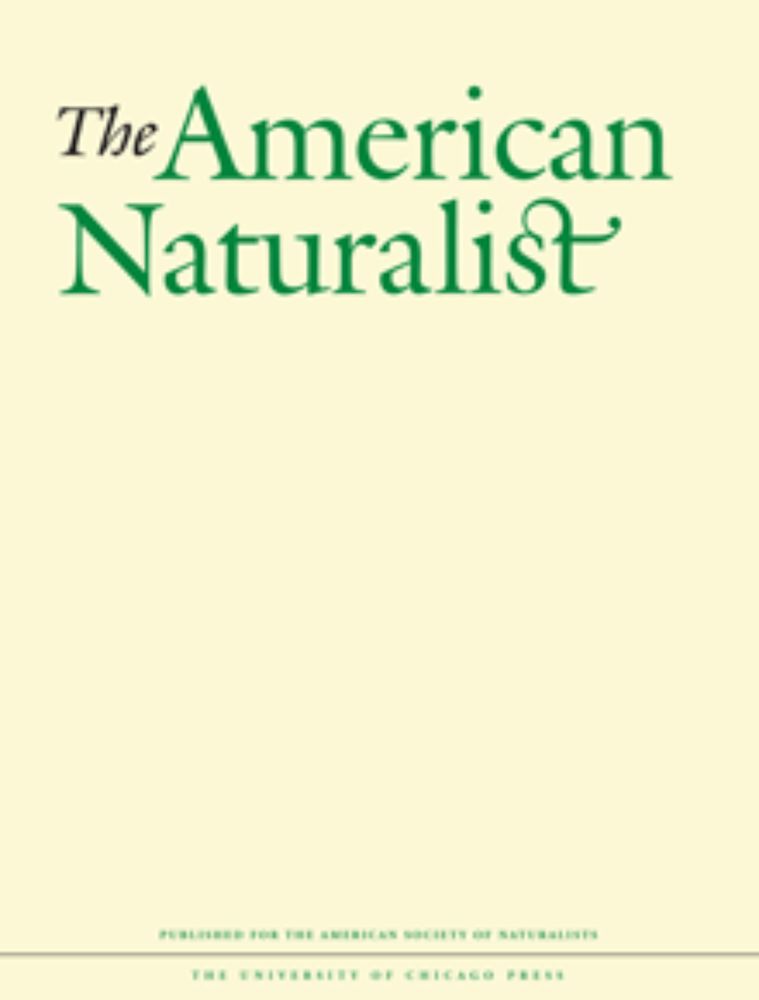Sebastian Schreiber
@sebastianschreiber.bsky.social
1.8K followers
390 following
200 posts
Population biologist and mathematician wrestling with the complexities of nature armed with the theories of stochastic processes and dynamical systems.
Dynamics of Ecological and Evolutionary Processes Lab https://schreiber.faculty.ucdavis.edu
Posts
Media
Videos
Starter Packs
Reposted by Sebastian Schreiber
MIDAS Network
@midas-network.bsky.social
· Aug 28

Full or Associate Professor in Infectious Disease Modeling
APPLICATION INSTRUCTIONS: CURRENT PENN STATE EMPLOYEE (faculty, staff, technical service, or student), please login to Workday to complete the internal application process. Please do not apply here, a...
psu.wd1.myworkdayjobs.com
Reposted by Sebastian Schreiber
Reposted by Sebastian Schreiber
Reposted by Sebastian Schreiber
Reposted by Sebastian Schreiber
Reposted by Sebastian Schreiber
Reposted by Sebastian Schreiber
Reposted by Sebastian Schreiber
Reposted by Sebastian Schreiber
Reposted by Sebastian Schreiber
Reposted by Sebastian Schreiber
Reposted by Sebastian Schreiber
Reposted by Sebastian Schreiber
Reposted by Sebastian Schreiber
Gautam Dey
@gautamdey.bsky.social
· Aug 27

























